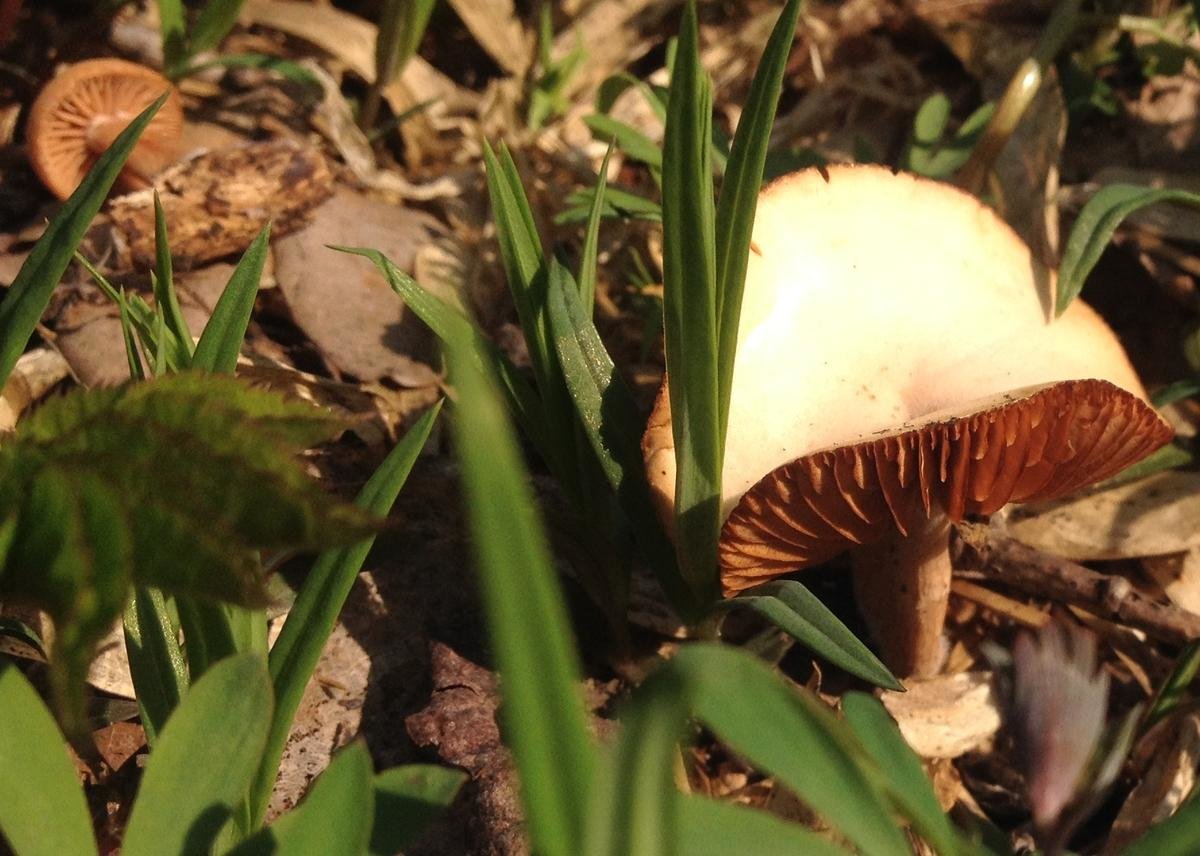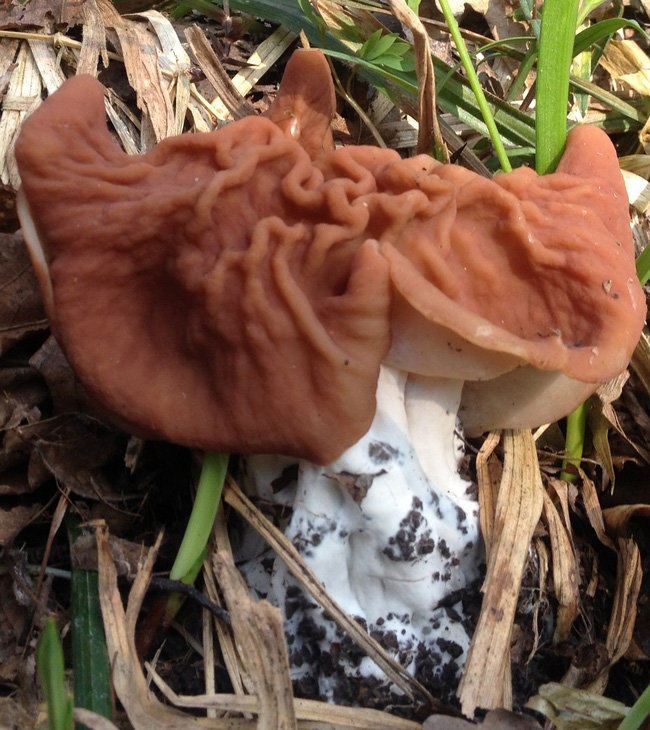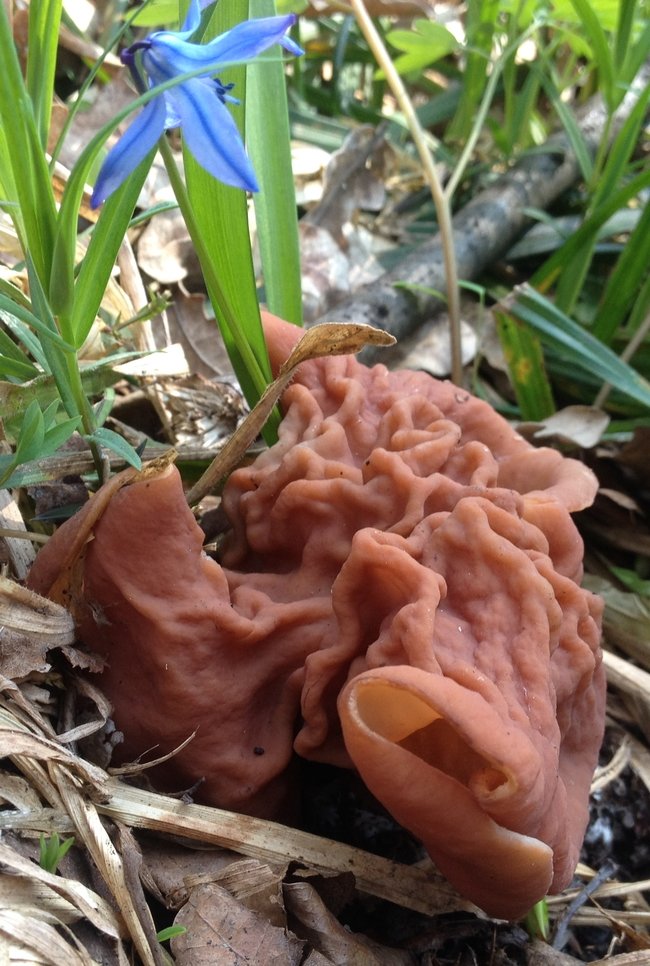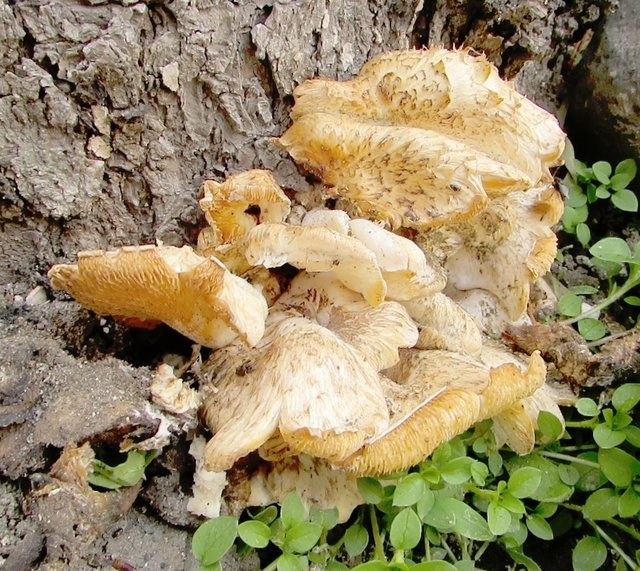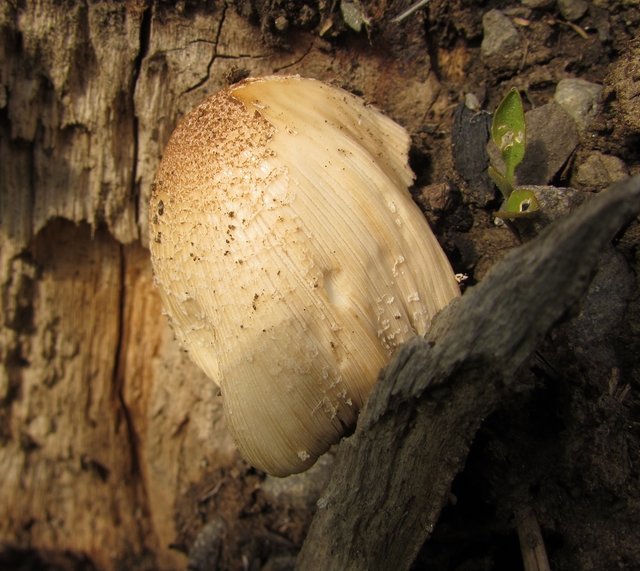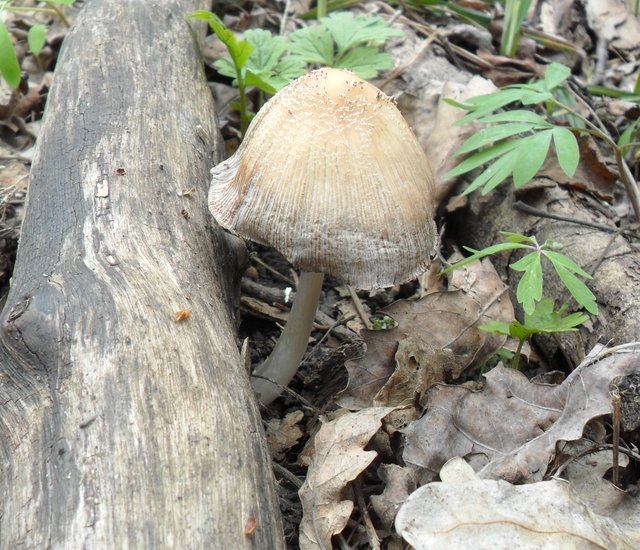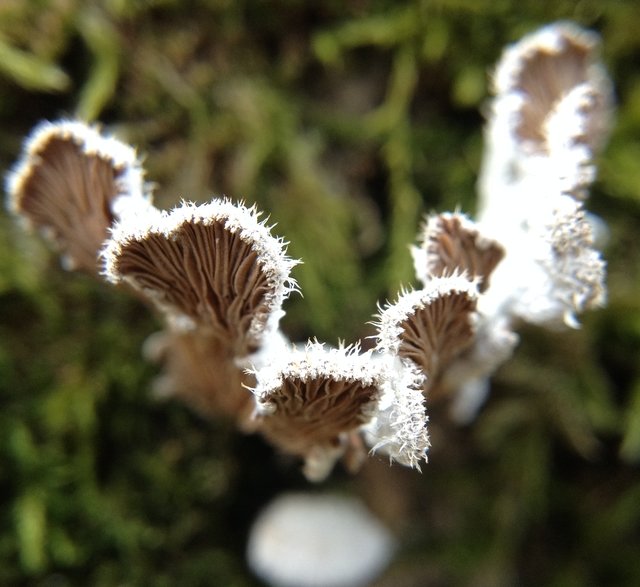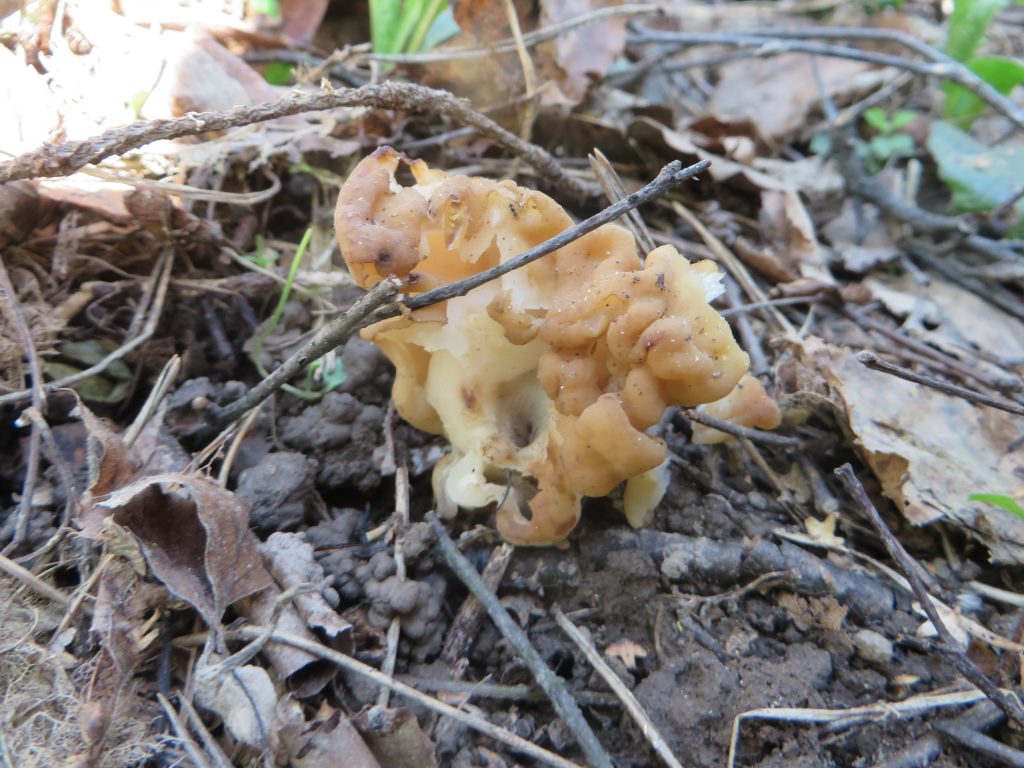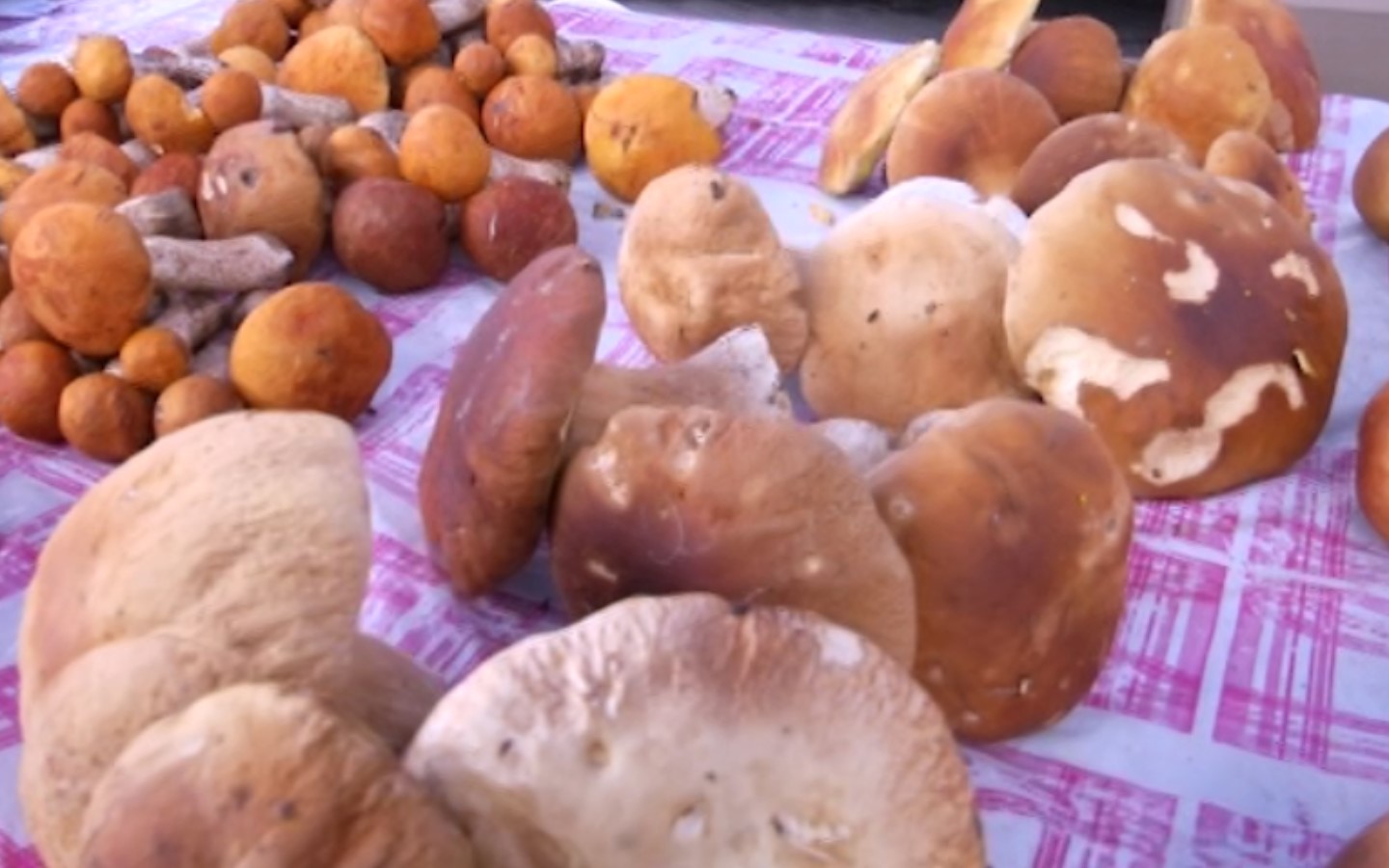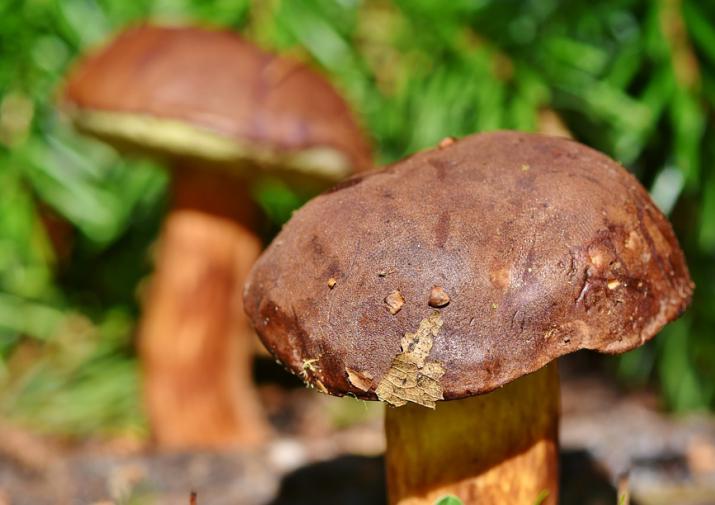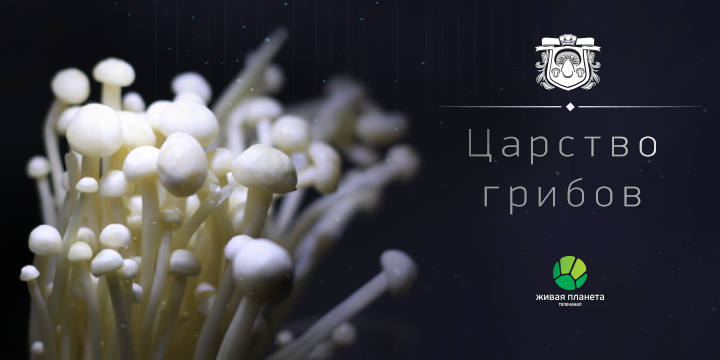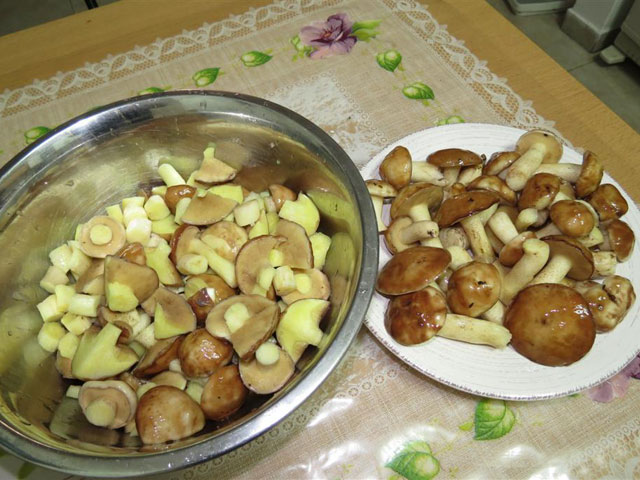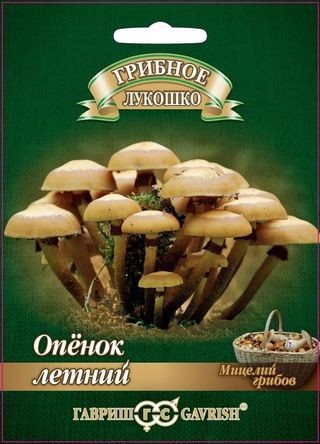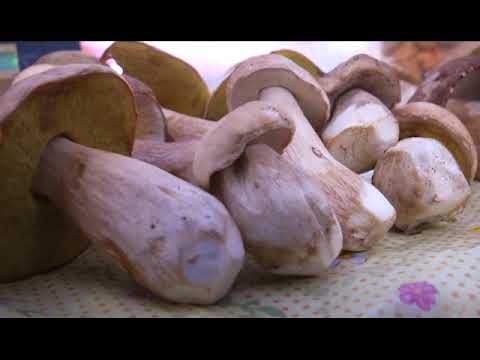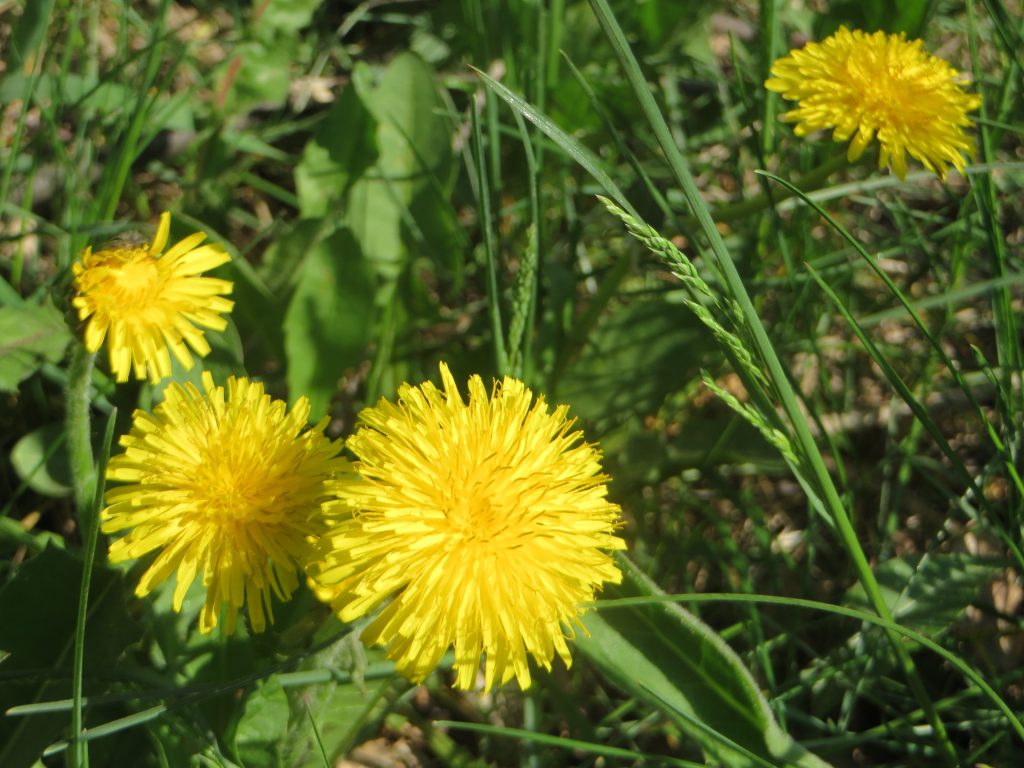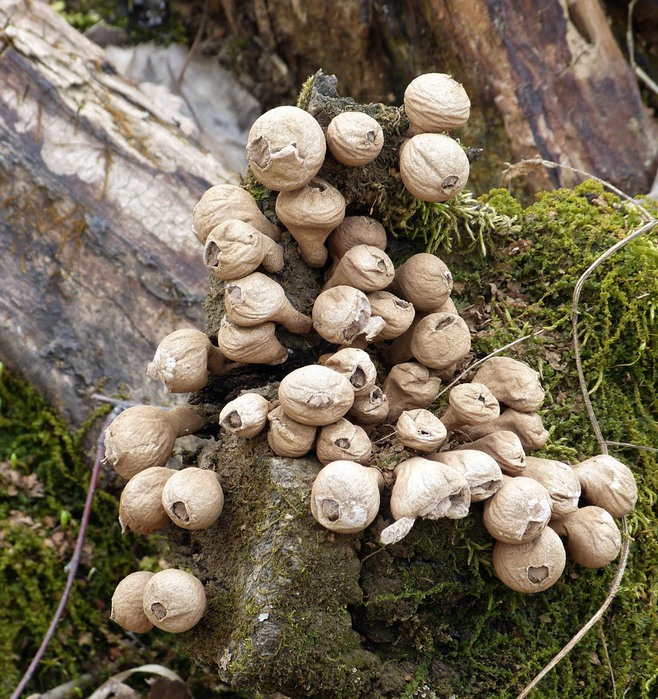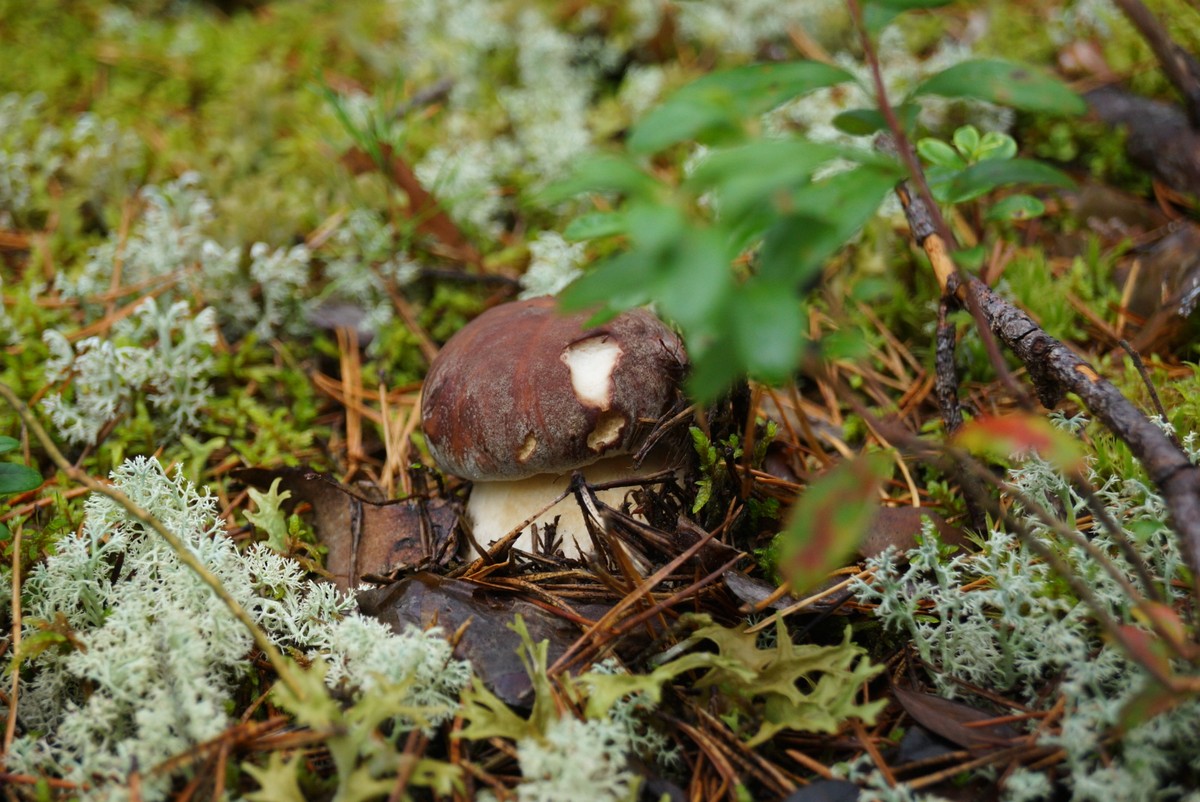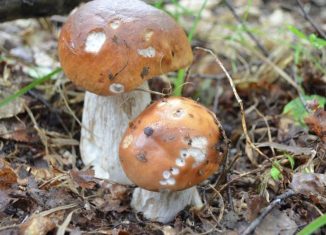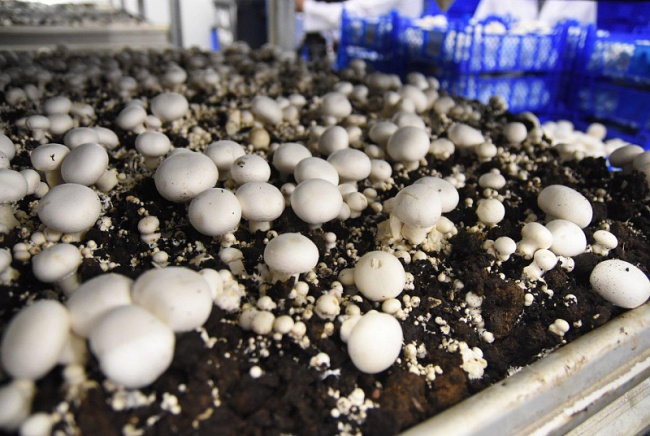Mushroom calendar for june july august spring and autumn
| What mushrooms to collect | When to pick mushrooms | ||||||
| mushrooms in April | mushrooms in may | mushrooms in june | mushrooms in july | mushrooms in august | mushrooms in september | mushrooms in october | |
| Morels | + | + | + | ||||
| Stitching | + | + | + | ||||
| May mushroom | + | + | |||||
| Oyster mushroom | + | + | + | + | + | + | |
| Meadow mushroom | + | + | + | + | |||
| Boletus | + | + | + | + | |||
| Granular oiler | + | + | + | ||||
| Summer mushroom | + | + | + | + | + | ||
| The chanterelle is real | + | + | + | ||||
| White mushroom | + | + | + | + | + | ||
| Boletus | + | + | + | + | + | ||
| Reindeer rocking | + | + | + | + | + | ||
| Thorny raincoat | + | + | + | + | + | + | |
| Common champignon | + | + | + | + | |||
| Field champignon | + | + | |||||
| Valuy | + | + | + | ||||
| Funnel talker | + | + | + | ||||
| Mushroom umbrella white | + | + | + | ||||
| Mushroom umbrella variegated | + | + | + | + | |||
| Real milk | + | + | |||||
| Poddubovik | + | + | + | ||||
| Ivishen | + | + | + | ||||
| Podgruzdok white | + | + | |||||
| Podgruzdok black | + | + | |||||
| The pig is fat | + | + | |||||
|
Russula yellow, food, etc. |
+ | + | + | + | + | ||
| Flywheel green | + | + | + | + | + | ||
| Hericium yellow | + | + | |||||
| Ringed cap | + | + | + | ||||
| Larch oil can | + | + | + | ||||
| Pink hair | + | + | + | ||||
| Black milk | + | + | + | + | |||
| Gingerbread spruce green | + | + | + | ||||
| Pine mushroom | + | + | + | ||||
| Gray talker | + | + | |||||
| Late oiler | + | + | |||||
| Winter mushroom | + | + | |||||
| Podgruzdok black and white | + | + | |||||
| Polish mushroom | + | ||||||
| Autumn oyster mushroom | + | ||||||
| Row gray | + | ||||||
| Autumn line | + | + | |||||
| Autumn honey agaric | + | + | |||||
| Row purple | + | + | |||||
| Greenfinch | + | + | + | ||||
| Gigrofor brown | + | + |
Now you know when to pick mushrooms. Hurry up - the end of June is a great time to pick young mushrooms suitable for delicious meals. You can still amuse yourself with exquisite mushroom food, and for the other two summer months, feel free to pick mushrooms for pickling and pickling! And for a snack, interesting information about mushrooms and tips for mushroom pickers.
Mushroom picker calendar for summer
- Mushrooms in June. According to the mushroom picker calendar, in the first decade of June, mushroom pickers should look for boletus in the pine forest, and boletus in birch groves. In the second half of June, the mushroom season begins at the whites. Podgruzdki - fruitful mushrooms, they are harvested all summer and until late autumn.
- Mushrooms in July. In early July, the season of saffron milk caps begins, and at the end of the first decade of July, the most desirable for a mushroom picker are porcini mushrooms. At the same time, according to the calendar, the first russules appear - the most fruitful mushrooms. They can be found in almost any forest from July to late autumn frosts. In the second half of July, in coniferous and mixed forests, milk mushrooms begin to come across, black pods, and on the edges and forest glades, mushroom pickers delight with chanterelles and pigs.
- Mushrooms in August. The most mushroom month is August. In fruitful years, mushroom pickers in August collect porcini mushrooms, milk mushrooms, mushrooms, boletus mushrooms, porcini mushrooms, russula, boletus and other mushrooms in baskets. At the beginning of August, the first mushrooms appear, and in the middle of the month - volnushki and whites. The second half of August and the first ten days of September are the best time to pick mushrooms.
What mushrooms grow in April
April, April, drops are ringing in the yard ... By April, as a rule, the snow had already disappeared. In the best case, in the forest, in the lowlands, only melted puddles could remain.
What mushrooms are harvested in April?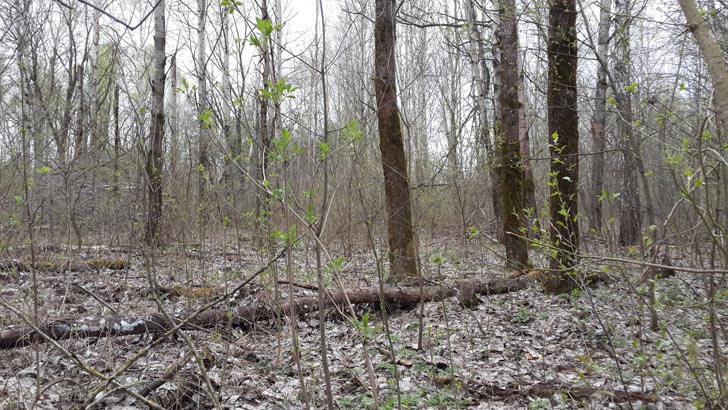
And in such places, sometimes right in the water, in April the first edible mushrooms of the new season are collected, quite tasty and quite massive - morel caps. It is these mushrooms that can rightfully be considered the opening of the new mushroom picking season of the year.
Morel cap - typical April mushroom
Morel caps belong to a variety of mushrooms called marsupial mushrooms (or ascomycetes), but the most interesting representative of marsupial mushrooms for us are morels, which appear in mid-April on fertile areas of humus soil in various types of forest: real, ordinary and conical. Morels often grow on forest edges, in places of old burned-out areas, in plantings, in clearings, along roads. Usually you can find only one fruiting body of the morel in one place. Morels rarely bear fruit in groups, but still this happens in April.
Towards the end of April, a rather rare late April mitrophore mushroom appears - in appearance, something in between morels and morels.
Immediately after the snow melts, which usually happens in April, an ordinary line begins to grow. We class it as a weird mushroom because of its ability to produce toxic substances. And although scientists say that only lines growing in a warmer climate (to the southwest of Poland) possess such a property, nevertheless, many mushroom pickers are afraid of such a catch. Ordinary stitches prefer light edges, clearings, plantings, roadsides and sandy soil. The giant line loves the presence of birch.
As for the more exotic mushrooms, they are also worth mentioning, since in April the range of mushroom offers in the forest is not so great.
Covered oyster mushroom - April mushroom
Fresh oyster mushrooms are sometimes found on old aspens. Kind of out of season for this autumn mushroom we know as Oyster mushroom? And so it is! And this is not the same oyster mushroom. Our old friend from autumn-winter mushrooms - oyster oyster mushroom - finished the season in March, her mycelium is already resting in April, gaining strength for new fruiting. If you take a closer look, then in the April oyster mushrooms at the bottom of the fruiting body we will find a kind of film covering the plates, and they do not grow in bunches, but singly, although in groups. This is covered oyster mushroom, or oyster mushroom solitary - in general, an edible, but rather tough mushroom, moreover, rarely found, so its nutritional value is questionable.
Strobilurus growing on cones are one of the first in coniferous forest areas, especially on warmed edges, in April. A little later, when the spruce forests begin to clear the snow, the mycena appears on old spruce cones, and by the end of May it will disappear.
Red sarkoscifs - decoration of the April forest
The real ornament of the forest in April is the deep-plate-like edible marsupial mushroom sarcoscifus cinnabar-red, growing on twigs submerged in the soil, singly or in small groups.
Mushroom picker lunar calendar for 2020
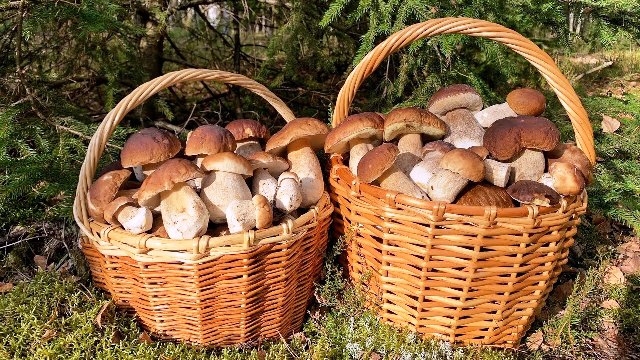
Mushrooms, as you know, are neither animals nor plants, they are a separate kingdom of nature, but the kingdom is alive. This means that the growth of mushrooms, as well as their storage and processing, will be influenced by the lunar phases.
Like all living objects of nature, mushrooms contain water, and in significant quantities, and water very actively responds to the change of lunar phases. The growth of mushrooms increases during the waxing moon phase, and slows down when the moon is waning. Therefore, it is natural that the best results will be obtained by picking mushrooms during the growing moon.
But to deal with harvesting mushrooms for the winter, canning, pickling, drying, it is better during periods of the waning moon. At this time, excess moisture will actively leave the mushroom bodies, and they will be stored better and longer, while maintaining their taste.
Targeting 30,000 tonnes
Mushroom Rainbow states that the coronavirus pandemic will not affect plans for the further intensive development of the enterprise, and in September the fourth production line will be launched, which will sharply increase the yield - up to 30,000 tons of fresh champignons per year.
According to Oleg Logvinov, partner of Alexander Udodov in "Mushroom Rainbow", the company is ready to significantly increase the production of mushrooms. “Our company is growing, last year's figures have exceeded all expectations, but we do not even think to rest on our laurels. The construction of new capacities has already begun, which will increase the productivity of mushrooms by one and a half times, ”said Oleg Logvinov about the prospects of the Kursk startup.
Alexander Udodov launched Mushroom Rainbow in the Kursk Region from zero cycle in mid-2017, and a year later the agro-startup became the industry leader in terms of yield (over six and a half thousand tons of fresh product) and revenue (just over one billion rubles) ...In 2019, the yield doubled and reached 13.7 thousand tons, revenue increased by 109% to 2.3 billion rubles.
In 2019, the next capacities were launched, increasing the yield up to 17 thousand tons; a workshop for the production of transport containers was built; for more than one thousand employees, a modern canteen and a new comfortable office began to function. In addition, the Kursk agricultural enterprise introduced to the market, in addition to mushrooms, another product - casing layer. The "Mushroom Rainbow" states that production facilities under the "cover" make it possible to fully satisfy the needs of the entire domestic mushroom industry in this highly scarce raw material.
In recent years, mushroom production in the Russian Federation has grown at an explosive rate. Before the introduction of restrictive measures, Russia was 90% dependent on foreign supplies of champignons, and all Russian farms that worked on outdated equipment and applied artisanal methodologies in 2013 grew mushrooms less than one enterprise of Alexander Udodov in 2019 (8 thousand tons versus 13, 76 thousand tons).
According to market players, counter-sanctions and state programs to support import-substituting industries brought the domestic mushroom growing out of the crisis. Mikhail Glushkov from the Fruit and Vegetable Union calculated that in 2019 60 thousand tons of champignons were grown in the Russian Federation, another 37 thousand tons were imported. At the same time, Glushkov notes that not all investors managed to take advantage of state support programs, some of the projects were stopped. So, the freezing of new industries was announced in "My Summer". The project started in 2016 in the Tula region, 9 billion rubles of investments and a capacity of 25 thousand tons were announced, but so far only the first line for 10 thousand tons is in operation. Alexei Kurnbaev, head of My Summer, said that the development of the project was postponed, since the market has significantly increased competition, and networkers have reduced prices.
Experts believe that even despite the growing demand for fresh mushrooms, investors simply do not have enough free funds to launch modern mushroom growing complexes. It is likely that COVID-19 will indefinitely postpone investor interest in the industry.
The agro-complex of Alexander Udodova plans to produce up to 30,000 tons of mushrooms
Mushroom lifespan
Tips for mushroom pickers
Mushrooms are delicious and nutritious. If you follow some rules, the mushroom season will bring you only joy:
- The first sign of a clean area to pick mushrooms is the abundance of fly agarics.
- If only russula grow on the edge, it is better to bypass it - most likely, the soil is contaminated.
- 90% of mushrooms grow along forest edges, clearings and young plantings, so it makes no sense to climb into the thickets, risking not finding your way home.
- Mushrooms grow from 1 day to 3 days. Optimal conditions: 10-20 degrees Celsius, for lamellar and noble ones - from 5 to 15 degrees above zero. Air humidity - 80-90%, rain and abundant dew are desirable.
- Only young mushrooms in which the caps are not fully opened or partially open are suitable for food. Overripe mushrooms with a hat open like an umbrella have no nutritional value. It is better to hang such a mushroom on a twig - let the spores spread around the area. But if the cap is curved, like a dome, it means that the mushroom has already released spores and a poison similar to the cadaveric poison is forming in it. He is dangerous, this is the main cause of poisoning.
Earlier on the topic Mushrooms:
What mushrooms grow in autumn
Autumn is the most fruitful mushroom picking season. Autumn mushrooms are harvested not only for frying in a skillet for lunch. During this period, you can collect mushrooms for harvesting. It depends not so much on the month of the year as on the weather. If it is suitable, then the yield will be high. Season to season, so watch the weather.
All dates in the table are indicative, depend not only on the place, but also on other factors (for example, the weather) and may vary from year to year.The signal for the end of the mushroom season in late autumn or at the beginning of winter (depending on the area) is the appearance of late carpophores. It grows in young pine forests on the soil.
See what mushrooms grow in September, October, November.
Keys to mushrooms
There are no reliable methods of distinguishing between edible and poisonous mushrooms by eye, so the only way out is to know each of the mushrooms. If the species identity of the mushrooms is in doubt, it is by no means worth eating them. Fortunately, among the hundreds of naturally occurring species, many have such distinct characteristics that it is difficult to confuse them with others. However, it is best to always have a mushroom identifier on hand.
 |
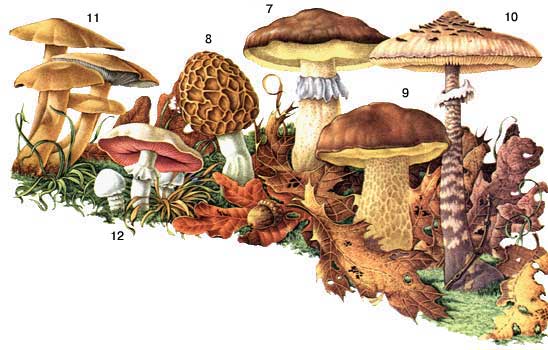 |
| 1 - a lump; 2 - mushroom; 3 - pineapple mushroom; 4 - greenish russula; 5 - food russula; 6 - chanterelle. |
7 - grease nipples; 8 - morel; 9 - porcini mushroom; 10 - large umbrella; 11 - rowing; 12 - field champignon. |
 |
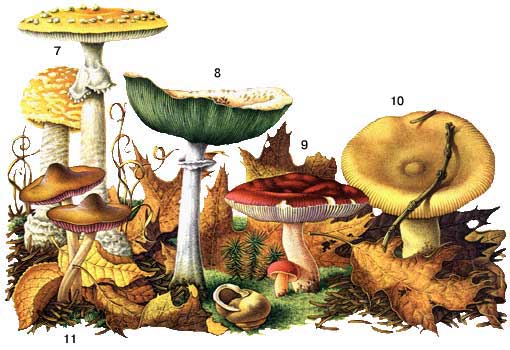 |
| 1 - paneolus; 2 - gray float; 3 - glowing talker; 4 - common vestka; 5 - pale toadstool; 6 - white fly agaric (spring). |
7 - red fly agaric; 8 - motley champignon; 9 - russula vomit; 10 - value; 11 - entoloma |
The most poisonous mushrooms
Of course, there are about a hundred poisonous species of mushrooms in Europe. Of these, only eight are deadly poisonous.
- The most poisonous mushroom is the Galerina sulciceps growing in Java and Sri Lanka. Even one eaten fruit leads to death in half an hour or an hour.
- In Europe and North America, the white (spring) fly agaric and the smelly fly agaric are considered the most poisonous.
- The most poisonous, deadly for humans is the pale grebe, for which no antidote has yet been found.
The largest edible mushrooms
The largest mushroom in the world grows in Mahler National Park in the Blue Mountains (Oregon, USA). This mushroom covers an area of 890 hectares. However, we are interested in edible mushrooms.
- The largest edible mushroom was discovered in Canada by Jean Guy Richard. The unique raincoat (Calvatia gigantean) had a circumference of 2.64 meters and a weight of 22 kilograms.
- The largest mushroom was found in Italy by Francesco Quito in the province of Bari. The mushroom weighed 14 kilograms.
- The largest of the found truffles weighed even less - only 7 kilograms.
The most expensive mushrooms
- By far the most expensive mushrooms are truffles, porcini and black. Incredibly expensive white truffles grow mainly in Italy, in the Piedmont region. The Perigord black truffle or Tuber melanosporum is also considered a true masterpiece of nature.
- The matsutake mushroom competes with truffles for the title of the most expensive mushroom. This mushroom is often called the king of mushrooms due to its rich mushroom aroma and excellent taste. So far, no one has managed to artificially grow matsutake, which is why the price for them has increased significantly, in contrast to truffles, which the Chinese have learned to successfully cultivate.
Now, thanks to the mushroom picker calendar, you know which mushrooms and when to pick in the Moscow and Leningrad regions. A quick guide to mushrooms will help you distinguish between edible and poisonous mushrooms. Happy quiet hunting.
Earlier on the topic Mushrooms:
- When to pick mushrooms: How to pick mushrooms in the forest
- Mushroom Season: The Silent Hunt and its aftermath
Olga Frunze Chief Editor of National Explorer
What mushrooms grow in summer
The first layer of mushroom occurs in June, the period when winter rye spikes in your area. Because of this feature of the period, the mushrooms that appear at this time are called "spikelets". These are noble white, boletus, boletus, boletus, mushrooms. The first harvest of these mushrooms is small and short, always welcome. They look for spikelets in sufficiently illuminated places: along paths, in meadows, forest edges and clearings among rare deciduous young growth.
The second layer of mushrooms begins 2-3 weeks after the first. In terms of composition, it is much more diverse than the first, but in terms of yield, it is also weak. Lasts 2-3 weeks. Mushrooms appear more often in open areas, a little less often in mature deciduous forests.
The main and most abundant harvest of mushrooms can rightfully be considered the third layer.In terms of diversity, abundance of individuals, in terms of fruiting mushrooms, it is out of competition. They are collected both in open places and under the forest canopy.
See what mushrooms to pick in June, July, August.
In the table above, you can see the average harvest dates for a number of edible and conditionally edible mushrooms. Keep in mind that in the table, the dates are indicated for the middle band of the Russian Federation. Therefore, if the forests in which you will pick mushrooms are in more northern regions, then the beginning of their harvest will be delayed by 1 to 2 weeks, and the mushroom season will end later for the same period.
If you are in the southern regions, then the mushroom harvest should be expected 1–2 weeks earlier than indicated in the table. It will end from 1 to 2 weeks earlier from the indicated tabular dates.
Population demand for fresh food is recovering
They reported that in March 2020, the production of champignons "slightly decreased due to a slight drop in demand for products." Perhaps this is due to the fact that with the threat of the spread of infection, citizens preferred products with a long shelf life and less often bought perishable foodstuffs, which include, including fresh mushrooms.
The leaders of the March sales growth were buckwheat, rice and other cereals, flour, frozen dumplings, sugar, canned meat and pasta. According to the portal, in the 11th week of 2020 (from 9 to 15 March), the largest retail chains of the Russian Federation recorded an increase in sales of buckwheat by 66%, rice - by 64%, sugar - by 56%. In Moscow, which is most affected by COVID-19, the growth in sales of "quarantine products" is even higher: compared to the same period in 2019, sales of rice and buckwheat almost doubled. Analysts at X5 Retail Group (Karusel, Pyaterochka, Perekrestok chains sneer that Russians who made purchases from March 9 to 22 will have enough food for 108 days.
Meanwhile, large retailers note that already in April, the interest of citizens in the listed items decreased by more than thirty percent, but sales of fresh products increased. In hypermarkets, there is an increase in demand for bananas, chicken, tomatoes, cheese, red apples and champignons. Experts explain the interest of Russians in fresh food by the fact that people in self-isolation have a lot of free time and prefer to cook full meals at home.
Alexander Udodov, his business partner Oleg Logvinov and the governor of the Kursk region Roman Starovoit at the opening of the third production line of the "Mushroom Rainbow"
What mushrooms can be found in summer 2019?
Porcini mushrooms, description + photo
There are many species in the list of edible mushrooms. True, the most popular varieties include: porcini and semi-white mushrooms, yellow boletus. They grow from early summer to mid-autumn in deciduous and mixed forests. Their distinctive features are: impressive, fleshy size, a long stable leg and a rounded cap, reaching a diameter of 20-25 cm.
Compared to oily oils, boletus mushrooms do not require cleaning and heat treatment. The fruits are simply washed with water, cut and used as the main or secondary ingredient for the preparation of first and second courses, pickles and even diet salads.
You can confuse porcini mushrooms only with gall and satanic mushrooms. The first one turns blue at the cut site, has a reddish leg. The second is red with an orange tint. With his bright and defiant appearance, he seems to push away from himself.
Semi-white mushrooms, description + photo
A variety of flywheels differs from their counterparts in the surface of the hat. Its surface resembles felt fabric, cracked from time to time. The stem of the mushroom has a milky shade, and at the base it is a darker shade. It can be brownish, reddish, and even sulfur yellow.
Flywheels, description + photo
Many people think that mushrooms grow exclusively in the autumn. In fact, the germination period starts from mid-summer until the first frost.They can be found in deciduous and pine forests with fertile soil and good lighting.
In 2019, summer mushrooms can be found in any forest, just a few days after heavy rains. Mushroom pickers collect several baskets at once. And we are talking not only about professionals, but also beginners who know how to distinguish edible breeds from inedible, poisonous and false ones.
Psatirella, description + photo
One of the varieties of umbrella mushroom is psatirella. Unlike the most popular variety, it is several times smaller and resembles a miniature honey fungus. They grow on decrepit wood, humus-rich soil and forest paths.
- Fruiting time is from mid-June to late October.
- The color of the cap is beige and red.
- The diameter of the hat is from 4 to 7 cm. The leg is long, white.
Udemanciella, description + photo
A mushroom similar in appearance to the autumn forest is called "Udemanciella". These summer mushrooms grow in clusters and are used as the main ingredient in a variety of dishes.
You can find a mushroom with a dark reddish-brown stem and a light cap, snotty, like boletus, on a pine bed, around pine trees and stumps.
Collection in 2019 began in July and continues until September. The diameter of the cap is small, rarely exceeds 7 cm. The leg is thin and elongated, it can exceed the size of the cap by several times.
Butter, description + photo
Unlike many summer mushrooms, boletus starts bearing fruit from the end of the season - August. Their distinctive feature is a "slimy" film that can be easily removed with a knife. The color is brownish-red, but some subspecies may have a reddish or beige tint.
Boletus grows on a coniferous litter, near pine trees and firs. Most of the harvest, according to the statistics of past years, is obtained in small forest belts where young trees grow.
Edible and conditionally edible summer mushrooms 2019, list:
- mushrooms;
- waves;
- boletus;
- aspen mushrooms;
- chanterelles;
- umbrellas (priests);
- varieties of rows;
- hygrophors;
- blue leg;
- oyster mushrooms;
- boletus.
What mushrooms are inedible and poisonous? List:
- white row;
- purple mycene;
- death cap;
- fly agaric varieties;
- false mushrooms.
The listed summer mushrooms are not listed in full. The 2019 list includes extremely popular and common mushrooms that sprout both in ephedra and deciduous forests of the region.
Growing
At home, milk mushrooms can be grown in two ways:
- first option
attractive for its cheapness. Spores from matured mushrooms are collected on their own. Then mycelium is grown from them. The problem is that it is almost impossible to predict the process of seed development. This method can only be used by experienced mushroom growers;
- the second way
more expensive, but more reliable. The ready-made mycelium is bought in a specialty store and put into the substrate.
Growing milk mushrooms consists of several important stages:
Site preparation
The site chosen for planting must be well fertilized with peat. Young deciduous trees must grow on the site. They should not be more than four years old. You can use birch, poplar, willow and other hardwoods. The soil is disinfected with a lime solution;
Sowing
The best time to lay mycelium outdoors is between May and September. If you have a heated greenhouse, you can plant seeds at any time of the year;
Mycelium preparation
For sowing mushrooms, you need to prepare the substrate. For him, sterilized sawdust of deciduous trees is mixed with disinfected soil. To them is added forest moss from those places where milk mushrooms, fallen leaves, straw and hulls of sunflower seeds grow;
Sowing
If you plan to grow mushrooms outdoors, you need to prepare the mycelium wells. They are dug up close to the root system of the patron trees and half filled with the substrate.The mycelium is placed on top. And again the substrate to the edge of the hole. Then the soil must be tamped and covered with pieces of moss and leaves.
For growing indoors, the mycelium of the mushrooms is planted in a plastic bag filled with a substrate. Small cuts are made in the bag in a checkerboard pattern;
Care
To obtain a high yield, it is necessary to constantly water the mycelium and the trees under which it is located. In dry weather, at least 30 liters of water per week should be poured under each tree. Measures must be taken to protect the plantation from direct sun exposure. For the winter period, the mycelium should be covered with foliage and moss. Mycelium bags must be kept under specific conditions. Before the formation of fruiting bodies, the temperature should be maintained within 18 - 20 degrees. When mushroom sprouts appear, it must be reduced to 15 ° C, ensure the optimal level of lighting and humidity;
Harvest
Within a week after the formation of fruiting bodies, the milk mushrooms are gaining their usual weight. You can start harvesting in July and pick mushrooms until the end of August. They need to be carefully twisted out of the mycelium or cut with a knife at the root. A properly planted mycelium, with proper care, bears fruit for about five years.
Despite the peculiarities of taste and subtleties of preparation, the milk mushroom has been revered in Russia since ancient times. Having prepared it according to all the rules, you will get an excellent appetizer, and a side dish, and aromatic pastries. This mushroom is worthy of being in your kitchen.


